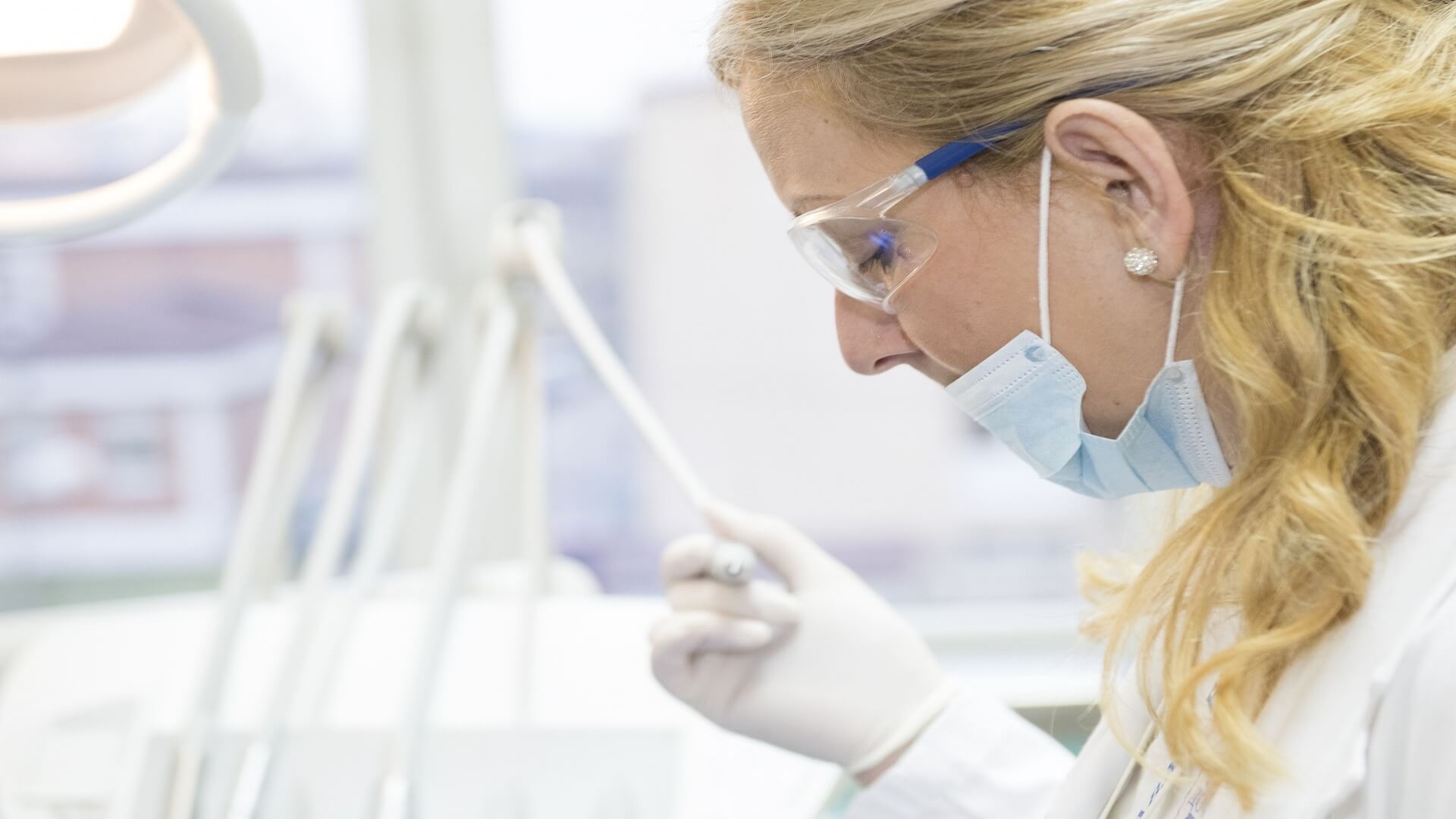
Undefined Category
Browse Posts in Various Categories
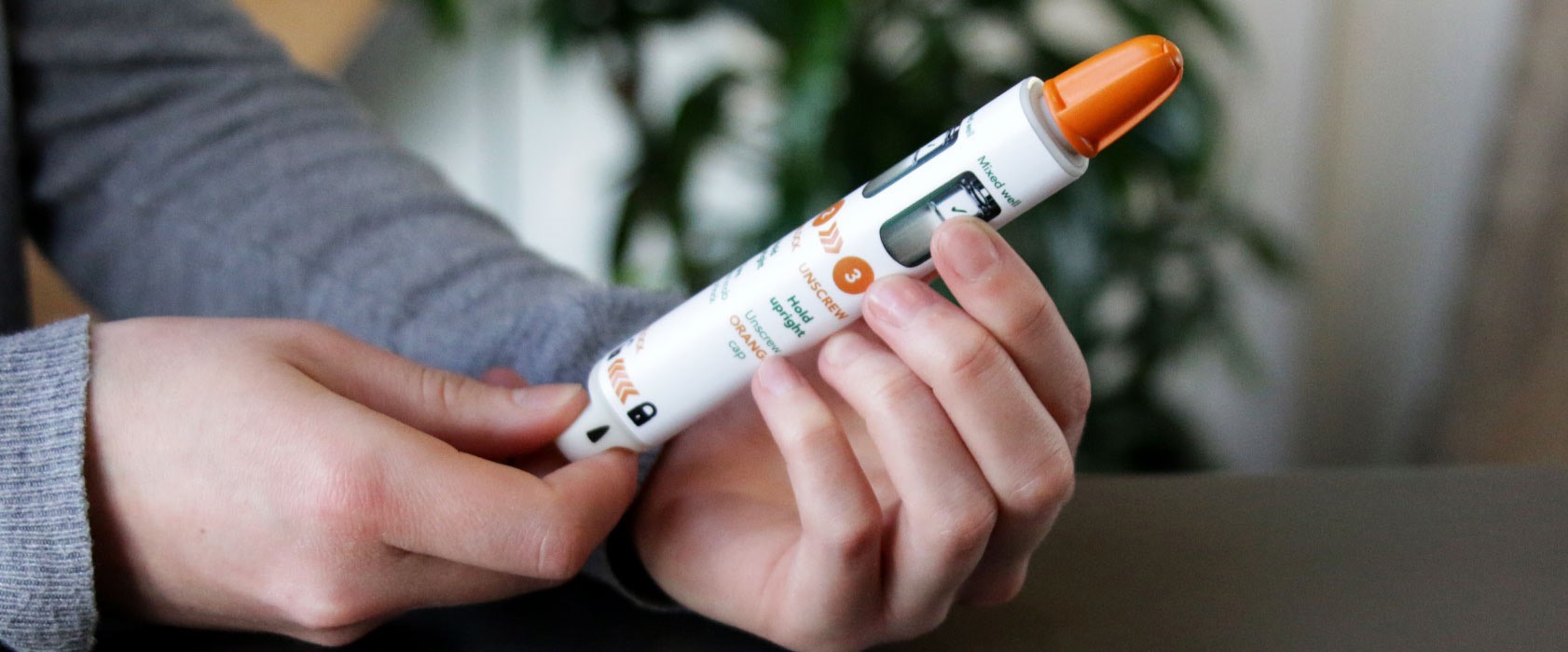
Team Consulting Partners with AstraZeneca to Deliver…
AstraZeneca and Team Consulting have been recognised for their innovative design of a new trainer pen used to help patients…
View Article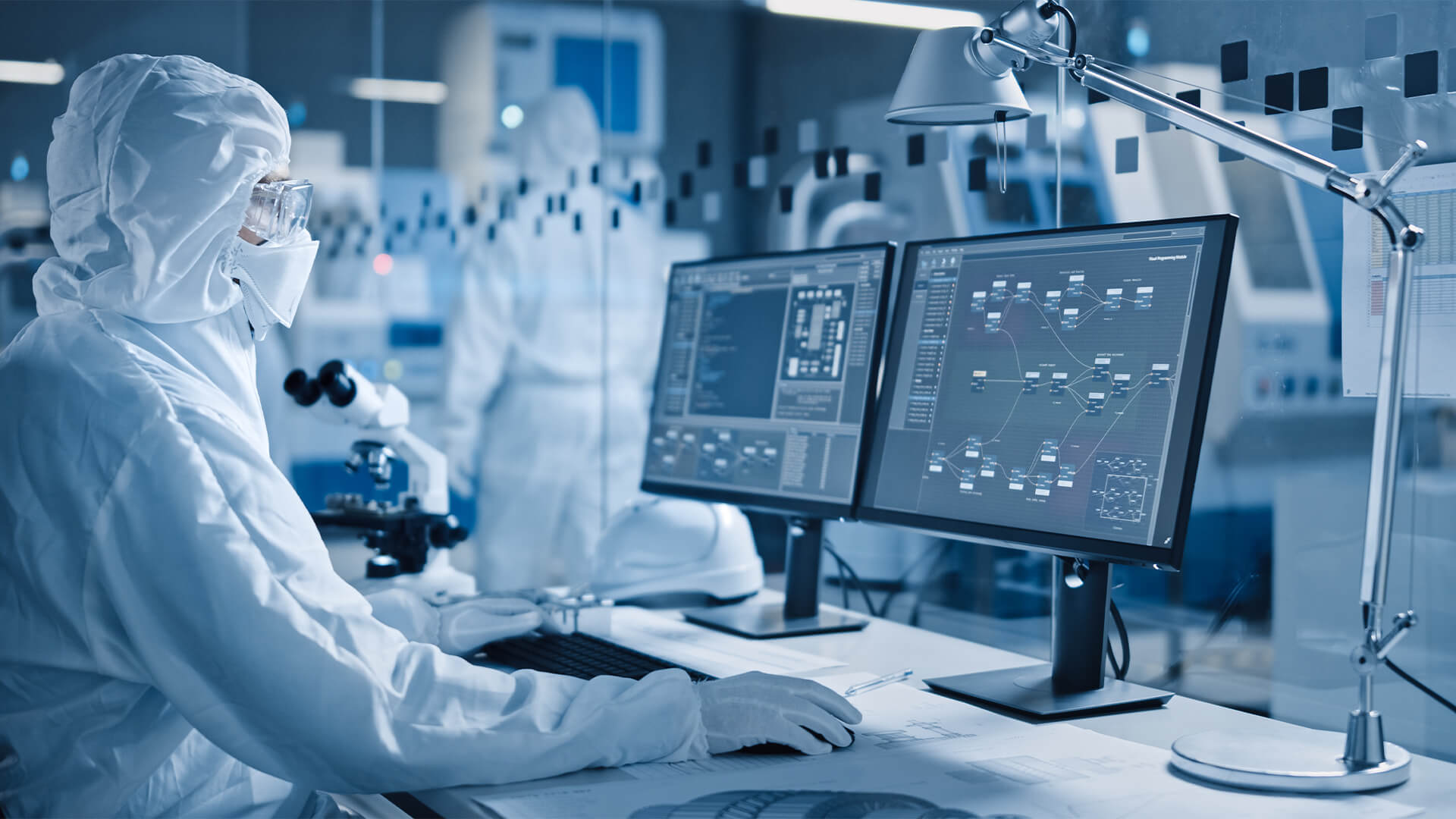
The Transformation of Pharmaceutical Manufacturing by Technology
As scientists and engineers develop new technologies to boost patient outcomes, we are seeing pharmaceutical manufacturing rapidly advance.
View Article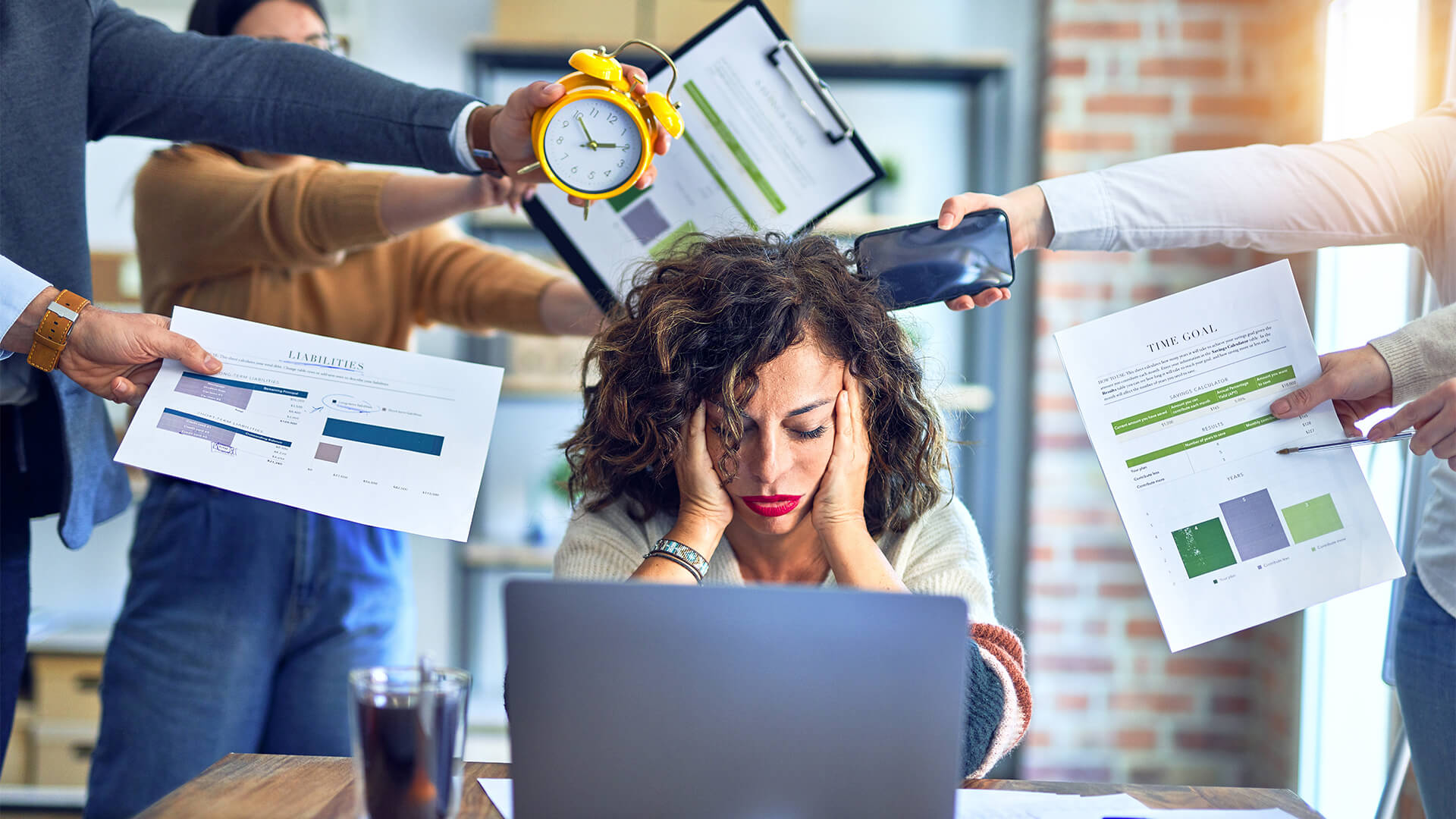
5 Ways Employees can Manage Stress Levels…
Stress in the workplace is a common issue, with 79% of the workforce saying they frequently experience it and 13.7…
View Article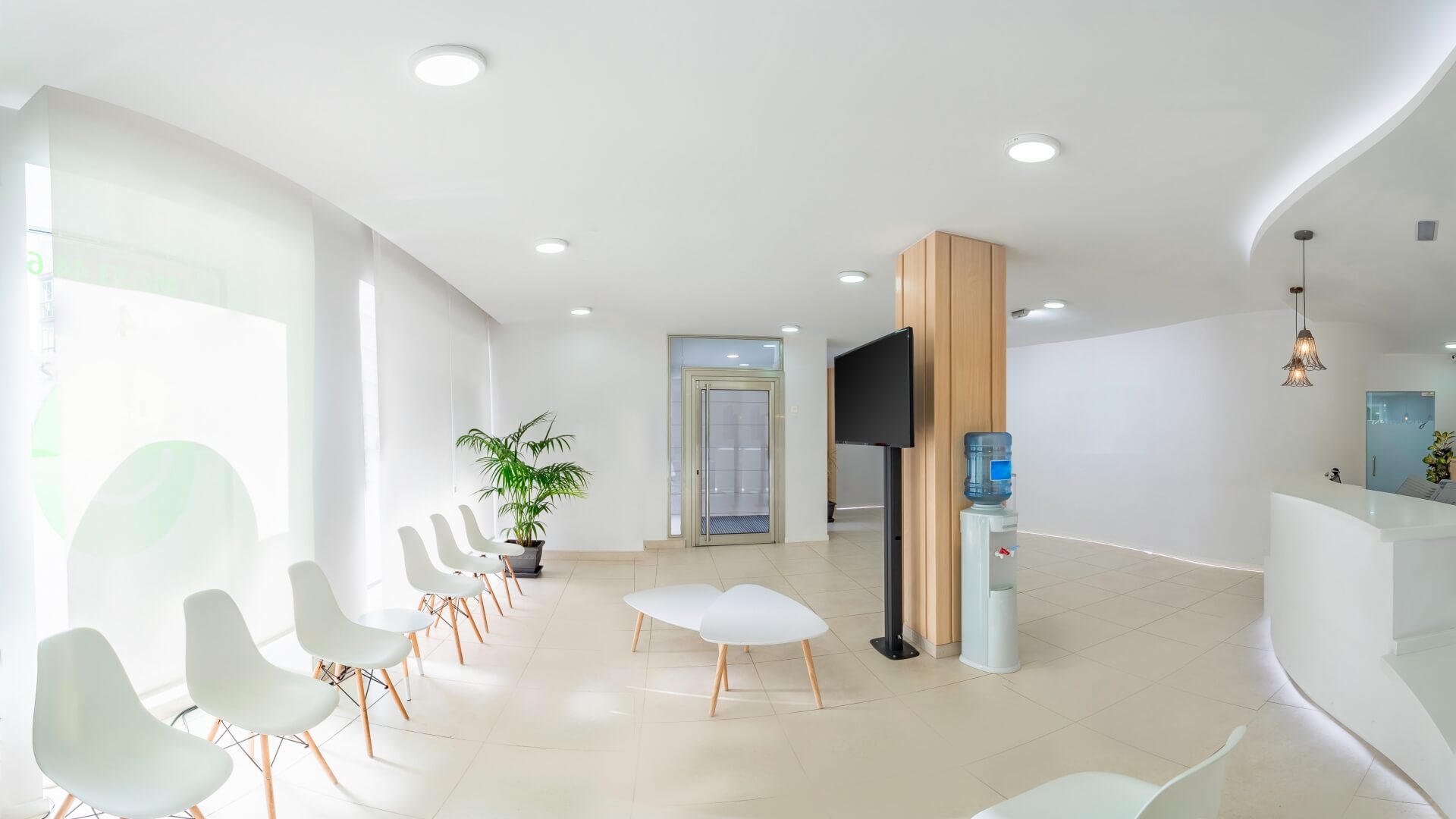
8 Mistakes to Avoid When Starting a…
For healthcare professionals, starting their own medical practice can be gratifying. However, running a business requires a strategic mindset to…
View Article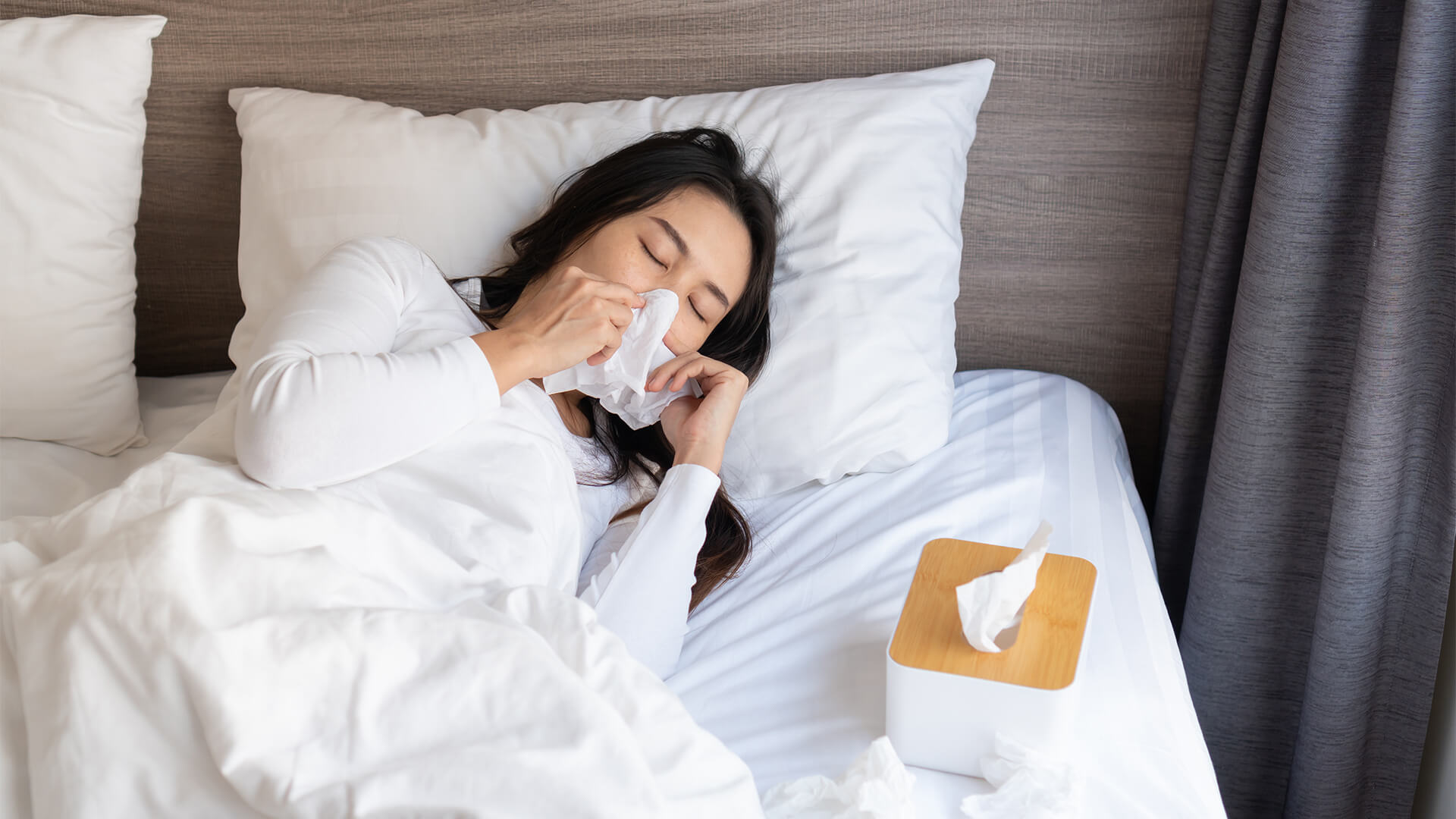
Seasonal Allergies Ruining Your Sleep? Sleep Expert…
Spring is upon us, and whilst this means brighter, lighter days and rising temperatures, it also means the pollen count…
View Article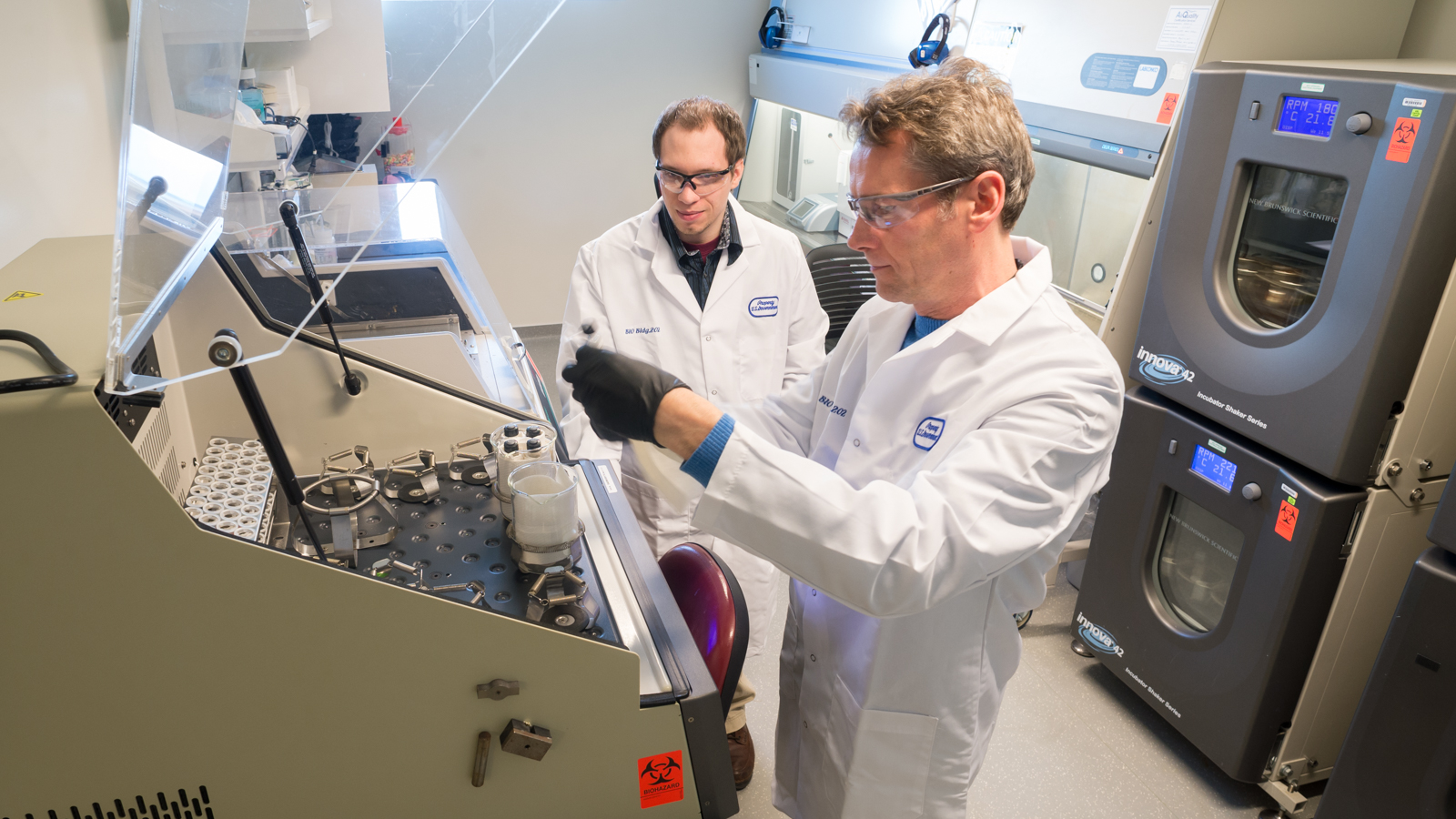
3 Effective Methods For Protein Purification
Besides medical research, proteins play a crucial role in all organisms’ biochemical reactions and life because they contain antibodies that…
View Article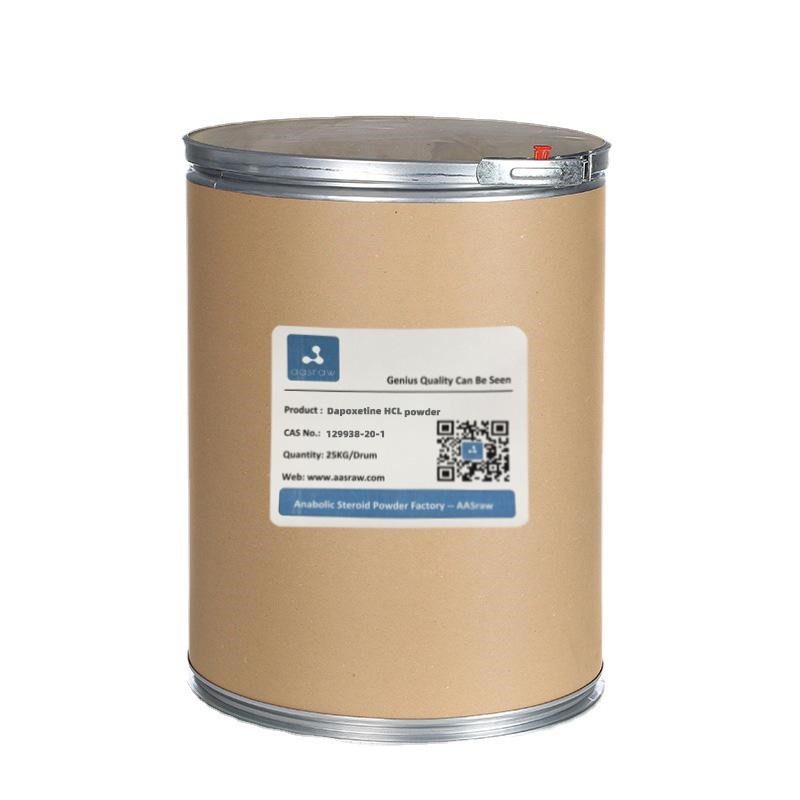
Dapoxetine HCL Powder VS Tadalafil: Which Is…
When treating ED, both Dapoxetine HCL and tadalafil are effective medications with similar mechanisms of action. However, some differences between…
View ArticleExplore Other Categories









